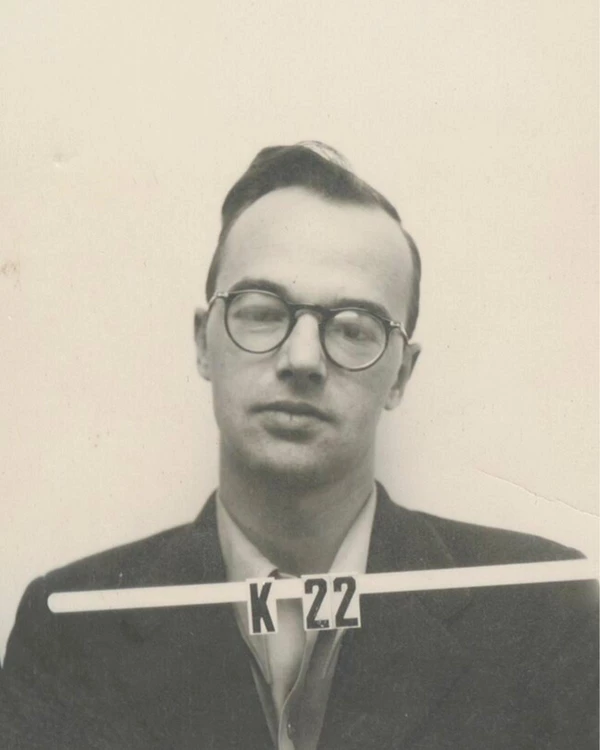Last updated: February 10, 2024
Person
Manhattan Project Scientists: Klaus Fuchs

LOS ALAMOS NATIONAL LABORATORY
Although Klaus Emil Julius Fuchs (1911-1988) was a very talented theoretical physicist and was responsible for many significant theoretical calculations relating to nuclear and hydrogen weapons at the Los Alamos Laboratory, it was not science for which he is most remembered during and after the Manhattan Project. It was espionage. Fuchs had attended the University of Leipzig where he was involved in student politics; he fled to Britain, where he received his PhD in physics from the University of Bristol and Doctor of Science from the University of Edinburgh. At the beginning of World War II he was interned on the Isle of Man and in Canada; when he returned to Britain in 1941, Rudolf Peierls recruited him to work on Tube Alloys, the British atom bomb project. At this time he began passing information to the Soviet Union. As part of the British Mission, Peierls and Fuchs moved to Columbia University in August 1944, to work on gaseous diffusion with the Manhattan Project, and then to the secret Los Alamos laboratory. There, Fuchs joined the Theoretical Physics Division, headed by Hans Bethe. He was present at Trinity, and Bethe considered Fuchs, “one of the most valuable men in my division” and “one of the best theoretical physicists we had.” His report on blast waves is still a classic. In Los Alamos he was known as a quiet man and a good dancer, hiker, and babysitter. He was a close friend of Richard Feynman, who borrowed his car to go to Albuquerque when Feynman’s wife was his dying. Fuchs continued passing valuable, accurate nuclear information to the Soviets, meeting his courier in Santa Fe for drop-offs.
Fuchs returned to Britain in 1946. The British Security Service, MI5, suspected Fuchs of being a spy, but in their first interrogation he denied it. During the fourth, he voluntarily confessed. He was arrested in February 1950, convicted in March, and sentenced to 14 years for espionage. While in prison Peierls visited him; when Peierls asked why he spied, Fuchs told him “Knowledge of atomic research should not be the private property of any one country but should be shared with the rest of the world for the benefit of mankind.” Released after nine years, he relocated to East Germany, where he was a prominent physicist and honored scientific leader.
